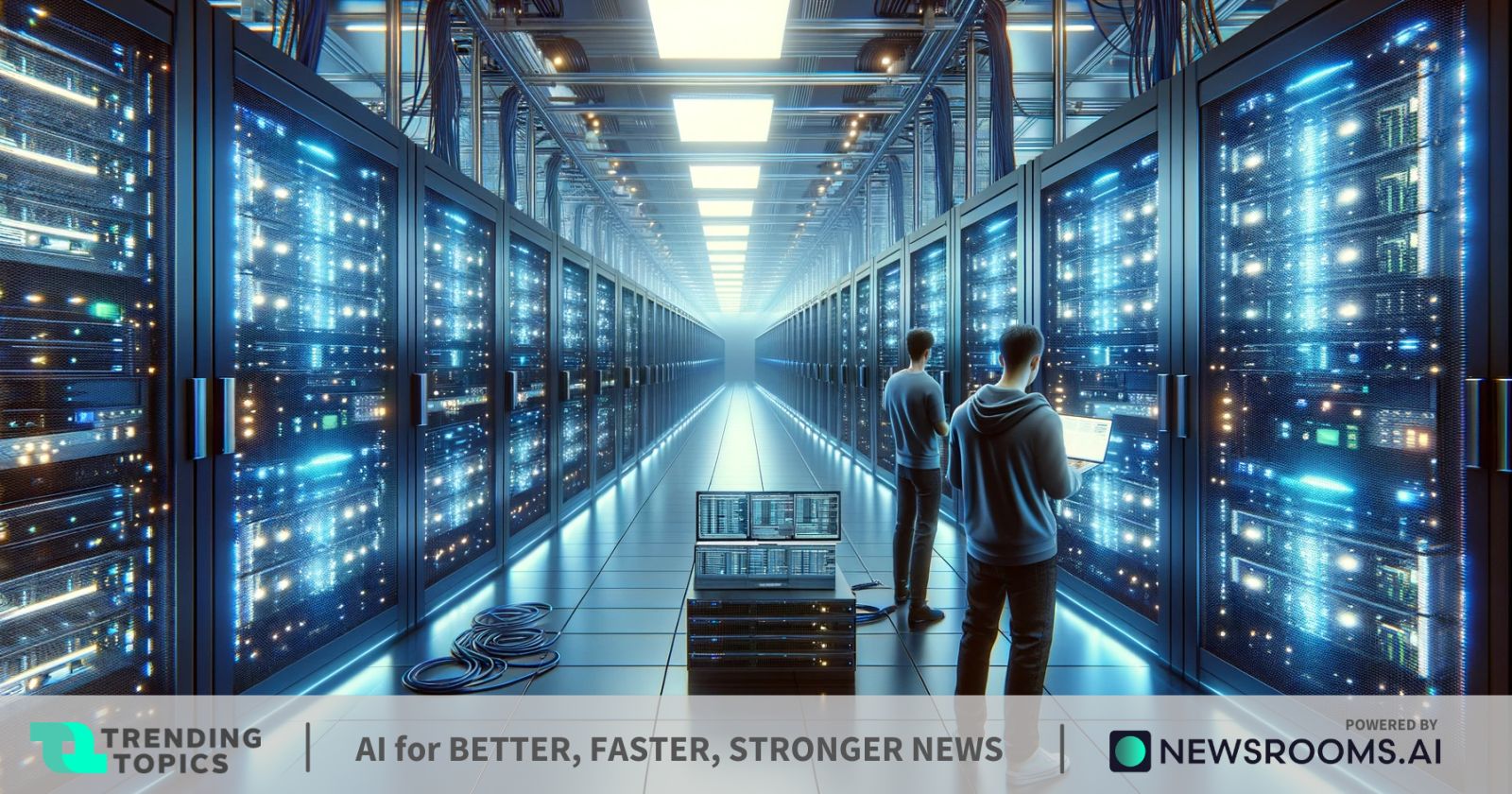Artificial intelligence requires far more computing power than conventional computers. Larger amounts of data are processed and therefore require more power and up to five times more cables. AI data centers of the future could therefore be powered by nuclear energy.
What data centers are all about
The market is flooded with new AI software and tools, but these technologies rely on infrastructure and must get their computing power from somewhere. This is where data centers come into play, whose job it is to provide hardware, storage capacity and security. The US company “Digital Realty” has focused, among other things, on the construction of data centers. While a normal data center requires around 32 megawatts of electricity, an AI data center requires 80 megawatts, said CTO Chris Sharp in an interview with the BBC. The total technical support that AI requires is simply greater – as is the electricity consumption.
Nuclear energy as an alternative energy source
The challenge is to allow AI to grow and at the same time provide sufficiently large data centers. According to Sharp, this requires an alternative energy source, namely nuclear energy. He predicts that in the not too distant future data centers will have built-in nuclear reactors such as the Small Modular Reactor (SMR). There are already designs for these advanced reactors, which should produce around a third of the electricity produced by a conventional large nuclear power plant. While there are no SMRs in commercial use yet, China is in the process of building the first. The core module for this was successfully installed last year and is intended to form the basis for further SMRs. Similar technology is already used in nuclear-powered submarines.
Different viewpoints on SMRs
Digital Realty isn’t the only company that sees data centers as an attractive opportunity for SMRs. In the USA, NuScale’s SMR design has already received the green light from the Office of Nuclear Energy, and in California, Oklo has developed an SMR design that is almost ready for use. SMR concepts are also currently being reviewed in the United Kingdom, for example by “Rolls-Royce” and “Holtec International”. Dr. According to Michael Bluck from the Center for Nuclear Engineering at Imperial College London, the challenge with SMR designs is to build them in repeatable units so that they can be used in a factory with standardized production lines. But there are also critical voices like those from Greenpeace UK: The costs for implementation would be too high. Commercial SMRs are seen as unrealistic hype that can lead to delays and problems. Safety risks such as possible accidents and the fact that radioactive waste must be disposed of safely are also emphasized. In addition, SMRs are not intended to be competitive compared to renewable energy sources.
The Austrian Ministry for Climate Protection considers the commissioning of SMRs to be unrealistic. Most of them are in an early stage of development and their market prospects cannot be predicted at this point. Furthermore, industry and the financial market are intended to create unrealistic hype. You don’t see any SMRs in the early 2030s and you also have doubts about their safety and benefits.
Nvidia is now worth more than Amazon and Google
